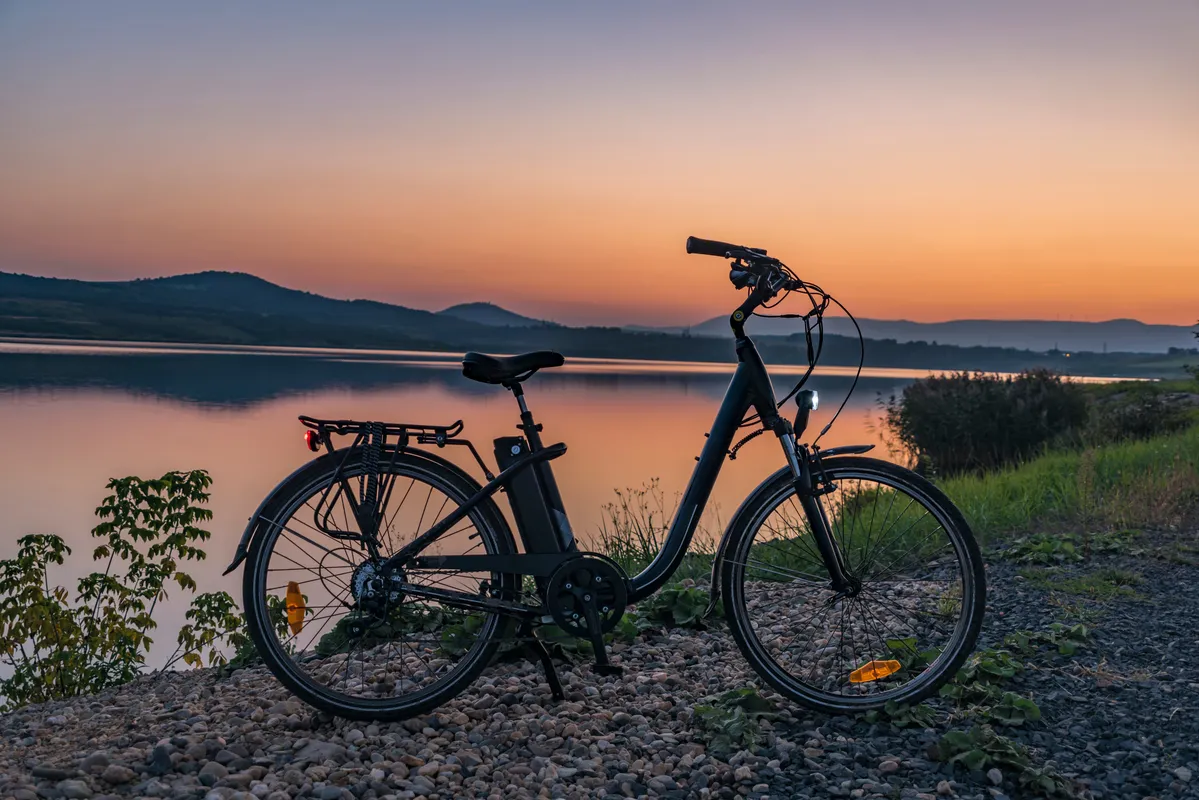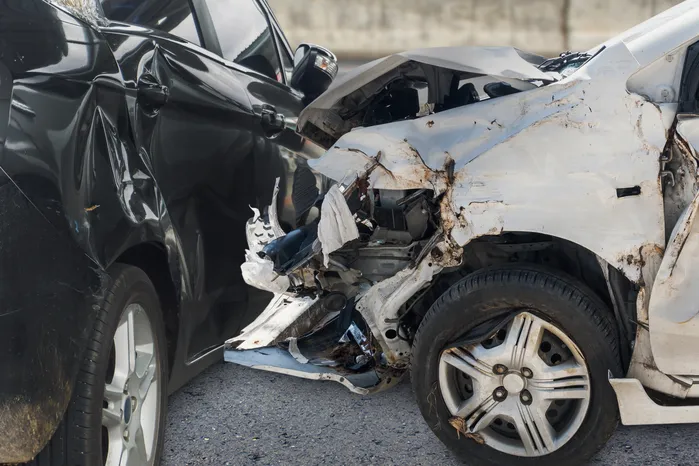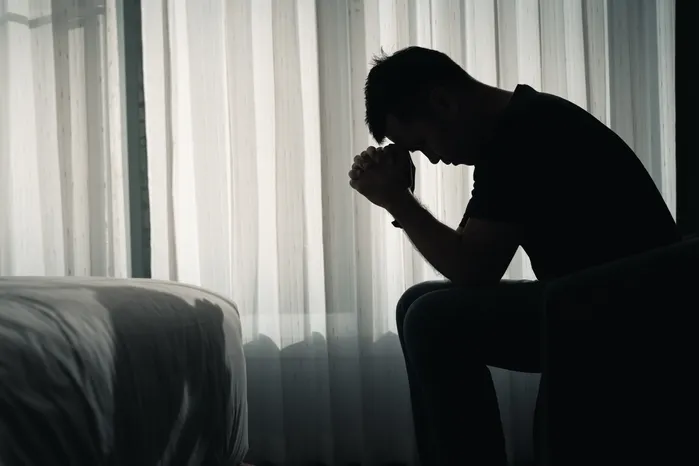6 min read time
Table of Contents

How Does Nevada Law Define an E-Bike
Under Nevada law, an e-bike or electric bike is defined as a bicycle.
The official definition of an e-bike is outlined under NRS 484B.017, which states:
"Electric bicycle" means a device upon which a person may ride, having two or three wheels, or every such device generally recognized as a bicycle that has fully operable pedals, a seat or saddle for the rider, an electric motor which produces not more than 750 watts
In addition to adhering to the definition above, to maintain the classification of a bicycle an e-bike must meet one of the following three classes outlined in the Nevada Revised Statutes:
- Class 1: Motor that provides assistance only when the rider is pedaling and ceases to provide assistance when the bicycle reaches the speed of 20 miles per hour
- Class 2: Motor that may be used exclusively to propel the bicycle and is not capable of providing assistance when the bicycle reaches the speed of 20 miles per hour.
- Class 3: Motor that provides assistance only when the rider is pedaling and ceases to provide assistance when the bicycle reaches the speed of 28 miles per hour.
Anything outside of the definition outlined under NRS 484B.017 may not be classified as an electric bike but instead as a moped.
E-Bike Laws in Nevada
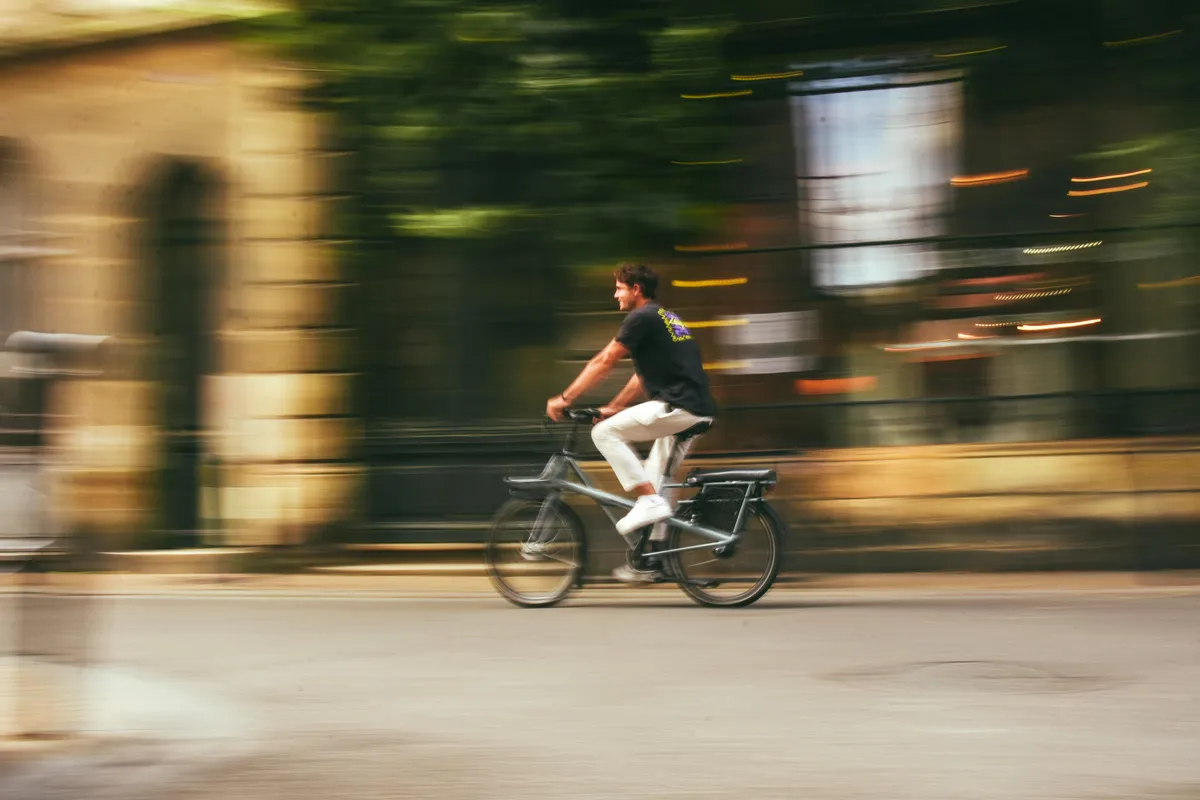
Nevada law treats e-bikes as regular bicycles, meaning that many of the laws that apply to bicycles also apply to e-bikes.
All electric bicycle riders should have a good understanding of the Nevada laws relating to e-bikes to ensure a safe riding experience and avoid potential penalties.
Road Rights & Responsibilities of E-Bikes: NRS 484B.763
Under NRS 484B.763, e-bicycle riders have the right to the road as motor vehicle drivers; however, this also means that they have the same responsibilities, which means that e-bicycle riders must adhere to the same traffic signals, signs, and laws that motor vehicle drivers follow.
E-Bike Road Positioning: NRS 484B.777
Just like bicyclists, motorized bikes must remain to the far right of the road unless making a left turn, avoiding hazards, or passing another rider.
Additionally, NRS 484B.777 states that only two adjacent e-bike riders may be in a line, meaning it's illegal for three or more e-bike riders to ride side by side in a bicycle line.
Duty of Care Owed by Motor Vehicle Drivers: NRS 484B.270
Motor vehicle drivers owe a similar duty of care to electric bicycle riders as they do bicyclists, which includes:
- Not intentionally interfering with e-bike riders
- Giving a minimum of 3 feet of space when overtaking in a single lane
- Must yield the right-of-way to e-bikes in bike lanes or paths and cannot drive or park in such a lane or path
A driver who breaches the duty of care outlined in NRS 484B.270 may face fines or be held civilly liable in the event of injuries or damages.
Electric Bicycle Equipment Requirements: NRS 484B.783
For an electric bicycle to be legally ridden on Nevada public roads, it must have installed:
- Functional brakes that can operate on dry-level pavement
- A white front light, which is visible from 500 feet, and a red rear reflector, which is visible from 50 to 300 feet
Signaling, Seating, & Passenger Rules: NRS 484B.786–770
Under NRS 484B.768 and NRS 484B.769, electric bike riders who are preparing to make a turn must signal in the direction they are turning with their hand or arm.
Under NRS 484B.770, electric bicycle riders must use a regular bike seat and at no time carry passengers or items that exceed the limitations of the electric bike.
Age Requirement for E-Bikes
Unlike motor vehicles, there is no age requirement for operating electric bicycles (e-bikes) in Nevada.
However, electric bicycle riders under the age of 18 are required to wear a helmet while riding an electric bicycle.
E-Bike Access to Bike Lanes & Trail Paths
Class 1 and 2 e-bikes are typically allowed to be ridden on bike lanes, shared-use paths, and trial paths unless prohibited explicitly in the area.
However, most class 3 e-bikes are restricted from being ridden on shared-use paths and trails and have limited road access.
What Are the Classifications for E-Bikes in Nevada
Nevada laws group e-bikes into three possible classification groups.
These e-bike classifications are based on the amount of motor assistance an e-bike provides to riders and its maximum speed.
Below, we cover the three types of classifications listed in Nevada state law for electric bicycles.
Class 1 Electric Bike
A Class 1 e-bike is equipped with a motor that provides assistance only when the rider is pedaling and stops this assistance at 20 mph.
Examples of Class 1 e-bikes include the Gazelle Medeo T9 City and Best Rideon Cars - E-Bike 16 Inch.
Class 2 Electric Bike
A Class 2 electric bicycle is an e-bike equipped with a motor that can propel the bike without pedaling and provide assistance up to 20 mph.
An example of a Class 2 e-bike is the Pedego Avenue.
Class 3 Electric Bike
Class 3 electric bikes are e-bikes that have a motor that assists only while the rider is pedaling and stops assisting at 28 mph.
Class 3 electric bikes work similarly to Class 1 but are just installed with a higher cut-off speed.
An example of a Class 3 e-bike is RipRacer.
Clark County E-Bike Laws and Regulations
On May 21, 2025, the Clark County Commission released a new county ordinance that amended new laws and regulations relating to e-vehicles to the Clark County Code of Ordinances Chapter 14.
The ordinance titled Bill Number 4-15-25-3 added new laws and regulations for e-bikes, including:
- Electric motorcycles, meaning e-bikes without pedals, are banned from all Clark County parks, trails, and recreational areas.
- E-bikes are restricted to a maximum speed of 15 mph while riding in Clark County parks or trails.
- E-bikes can NOT be ridden on the Las Vegas Strip resort corridor.
- E-bikes must be installed with a front light, rear red reflector, brakes, and a bell or horn
- Electric bike riders under 18 are legally required to wear helmets while riding
Failure to comply with the laws outlined in the Clark County ordinance may result in fines that increase based on the number of offenses.
Where Can You Ride E-Bikes in Nevada
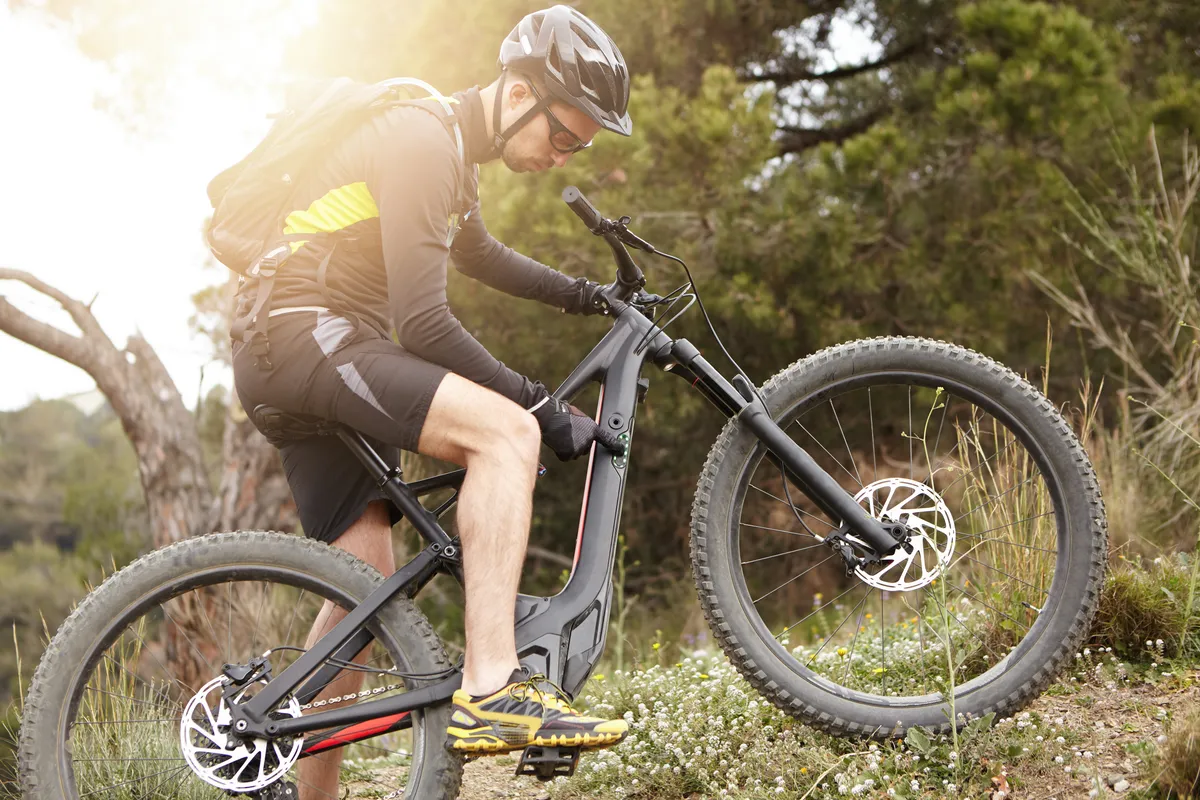
In Nevada, the areas where an e-bike can be ridden are based on its class type (Class 1, 2, or 3).
| Public Roads & Streets | Bike Lines & Multi-Use Paths | Trials & Parks |
| Class 1 e-bikes are allowed | Class 1 e-bikes are allowed (Unless explicitly prohibited) | Class 1 e-bikes are allowed but can not be ridden over 15 mph |
| Class 2 e-bikes are allowed | Class 2 e-bikes are allowed (Unless explicitly prohibited) | Class 2 e-bikes are allowed but can not be ridden over 15 mph |
| Class 3 bikes can only be ridden on roads with posted speed limits of 25 mph or less | Class 3 e-bikes are usually prohibited on multi-use paths, but are allowed on bike paths | Class 3 e-bikes are typically not allowed |
Punishments for Violating Nevada E-Bike Laws
Under NRS 484B.760, a violation of e-bike laws is considered a civil infraction, similar to traffic violations committed by motor vehicle drivers.
If charged with violating Nevada e-bike laws, you may face:
- Fines ranging from $50 to $250
Any fines incurred by a minor due to an e-bike law violation will become the responsibility of the parents or guardians.
Fines for Violations in Clark County Parks
Violating e-bike laws in a Cark County park can result in large fines depending on the number of offenses, including:
- First Offense: $150 fine
- Second Offense: $300 fine
- Third and Subsequent Offenses: $600
Obtain the Compensation You're Entitled To
Contact Us Today
Rodney Okano Car Accident Lawyer is a Las Vegas personal injury law firm with over 20 years of experience helping clients obtain maximum compensation following injuries from accidents such as car crashes, worksite injuries, and slips and falls. Over those years, The Rodney Okano Car Accident Lawyer Law Firm has become an experienced law firm that can ensure exceptional results for any of its clients.

